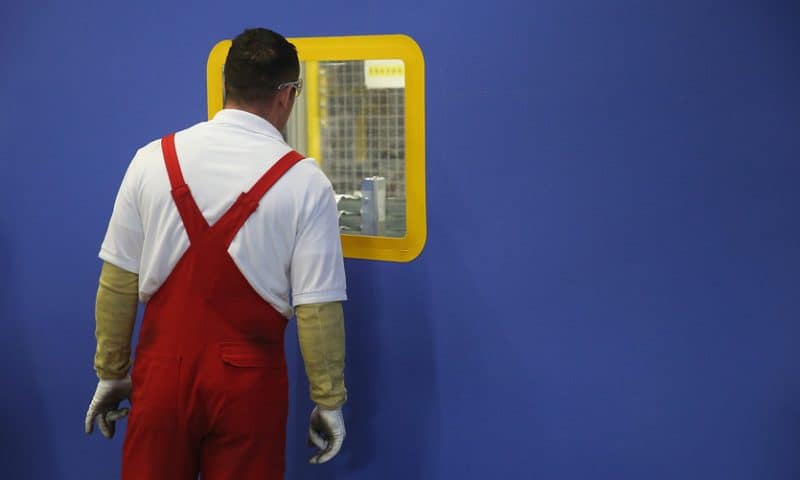Prudent to ‘focus on capital preservation’ as U.S. growth falls to 1.0% in 2020
Investors should take a cautious approach to stocks and credit, while looking to avoid macroeconomic risks as the global economy enters a low-growth “window of weakness” that’s likely to run into 2020, asset manager Pimco said Thursday.
Summing up the findings of the Newport Beach, Calif.-based firm’s mid-September Cyclical Forum, Joachim Fels, Pimco’s global economic adviser, and Andrew Balls, chief investment officer for global fixed income, said they concluded the global economy “is about to enter a low-growth ‘window of weakness,’ which we expect to persist into 2020 with heightened uncertainty about whether it is a window to recovery or recession.”
Pimco’s baseline scenario looks for global gross domestic product growth to continue slowing over the next several quarters in the face of continued trade tensions and heightened political tensions in a number of countries and regions that they expect to act as a drag on global trade, manufacturing activity and business investment. While labor markets and consumer spending have held up well, they expect a slump in global trade and manufacturing to affect other economic sectors through sagging corporate profits, reduced hiring and a pullback in business investment.
They look for U.S. GDP growth to slow to just 1% or so in the first half of 2020, down from 3% in the first quarter and 2% in the second quarter of this year. A recession isn’t Pimco’s “base case,” but “it doesn’t take much to tip over an economy that is moving at stall speed,” they said.
“During this window, we think it prudent to focus on capital preservation, to be relatively light in taking top-down macro risk in portfolios, to be cautious on corporate credit and equities, to wait for more clarity, and to take advantage of opportunities as they present themselves,” the Pimco strategists said.
Stocks are trading not far below record territory, with the S&P 500 SPX, -0.24% and the Dow Jones Industrial Average DJIA, -0.30% both trading around 2% below their all-time closing highs et in July.
Among the highlights of the investment outlook, Pimco’s asset allocation team sees downside risks to corporate profit growth, they said, leading them to favor an underweight position in equities in multi-asset portfolios and a continued emphasis on high-quality, defensive growth stocks.
Looking at bonds through a duration lens — duration is a measure of the sensitivity of the price of a bond to a change in interest rates — yields continue to look too low given the firm’s baseline outlook, they said. But if recession risks rise, the market could see an “ongoing global grab for duration that may be quite insensitive to yield levels,” they said.
They’re cautious on corporate credit, meanwhile, reflecting both tight valuations amid above-average recession risks and worries over credit-market structure. In particular, they’re watching the rise in corporate issuance and investment industry allocation to credit, combined with a fall in dealer balance sheets dedicated to trading — a source of concern about liquidity.
“We favor ‘bend-but-don’t-break’ credit (short-dated and default-remote) and will look to implement the high conviction ideas of our global team of credit analysts and portfolio managers,” they said “But we will be very wary of exposure to generic corporate credit at tight valuations.”
They also see structured credit, particularly U.S. nonagency mortgages and other residential mortgage-backed securities as offering “relatively attractive valuation, a more defensive source of credit risk, and a less crowded sector.”

